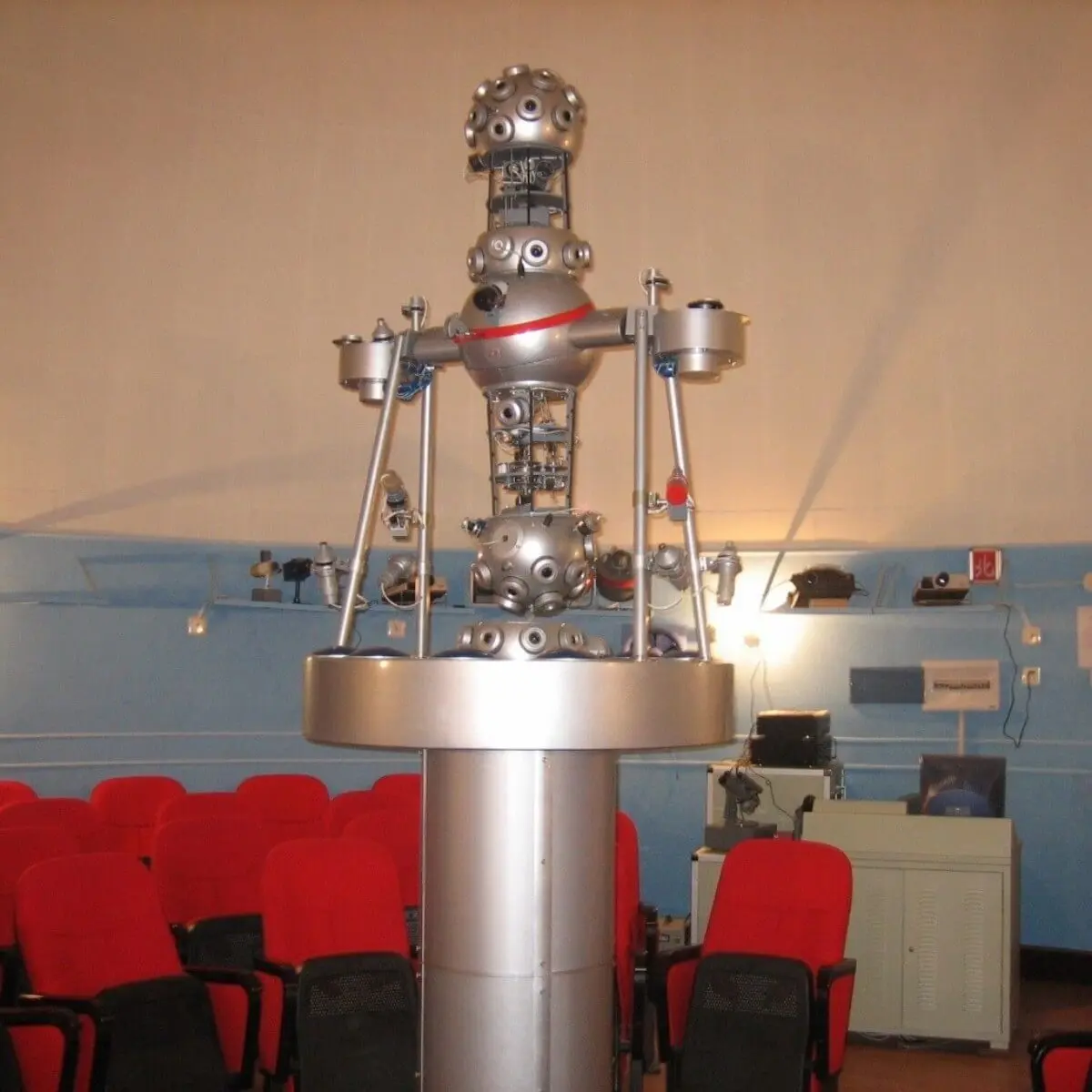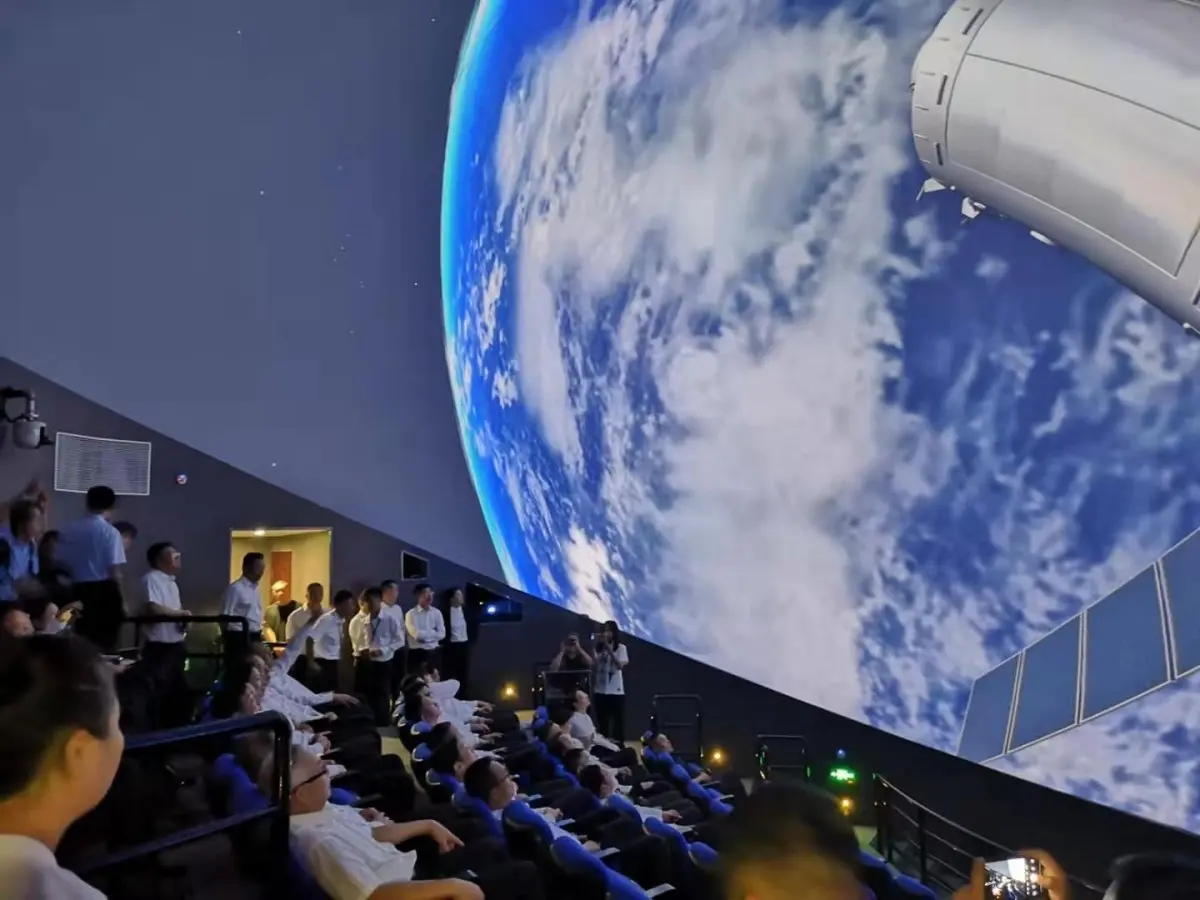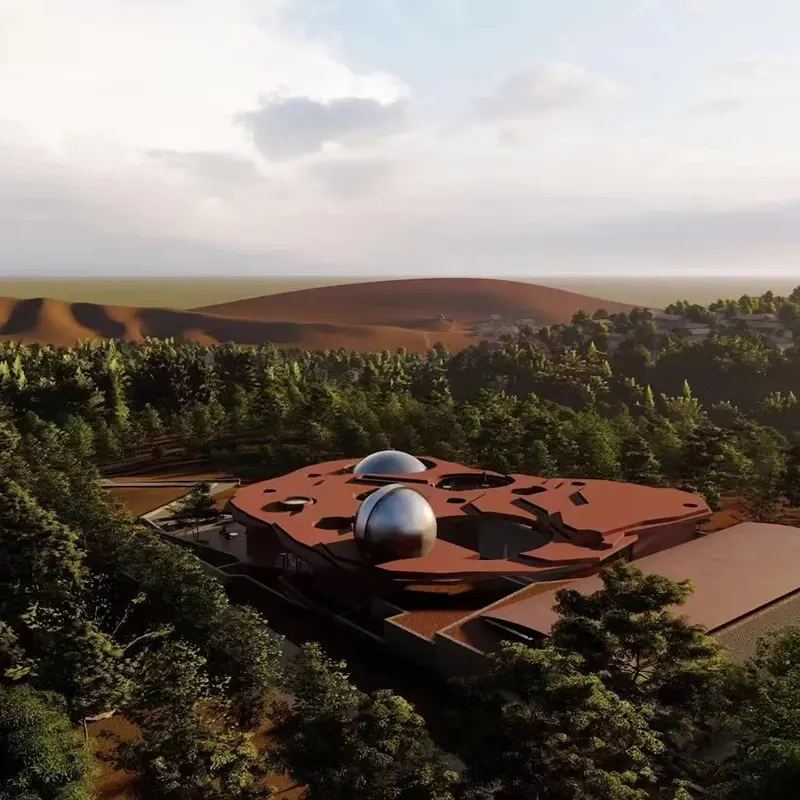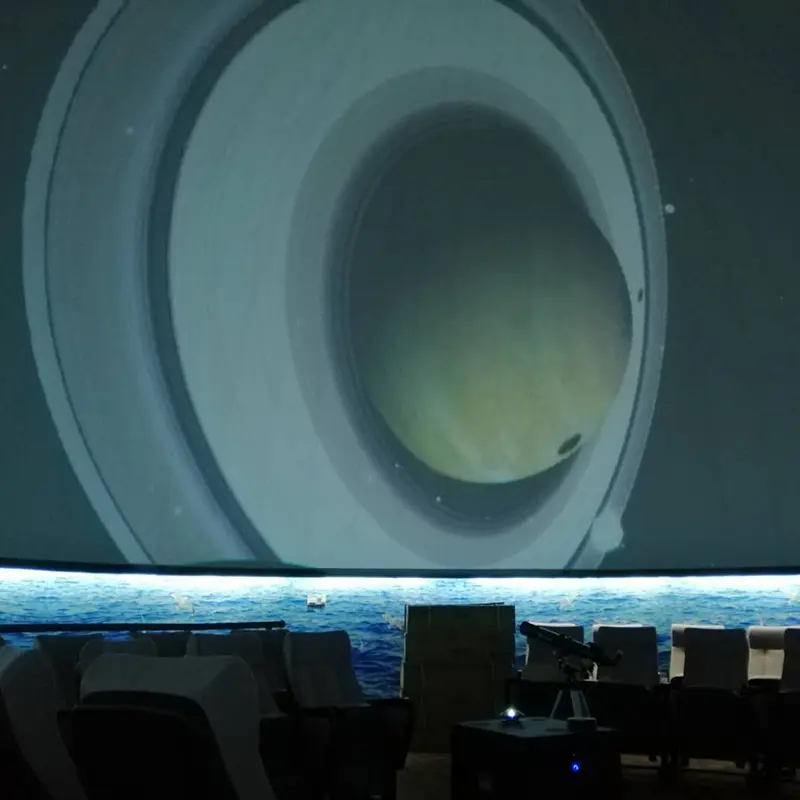Exploring the Wonders of the Astronomical Dome: Structure, Function and Application
Astronomy domes are marvels of engineering and design, custom-tailored to meet the unique needs of astronomers and stargazers. Typically, these domes are hemispherical or spherical in shape, offering unobstructed views of the night sky.
The astronomical dome's structure is often made of durable materials such as steel, aluminum, or fiberglass, which provide stability and weather protection. Additionally, the interior of the astronomical dome is painted a dark, white or blue and non-reflective color to minimize light pollution and improve visibility during astronomical observations. The design of an astronomy dome is a manifestation of human ingenuity, allowing astronomers to study celestial phenomena with unparalleled precision and clarity.
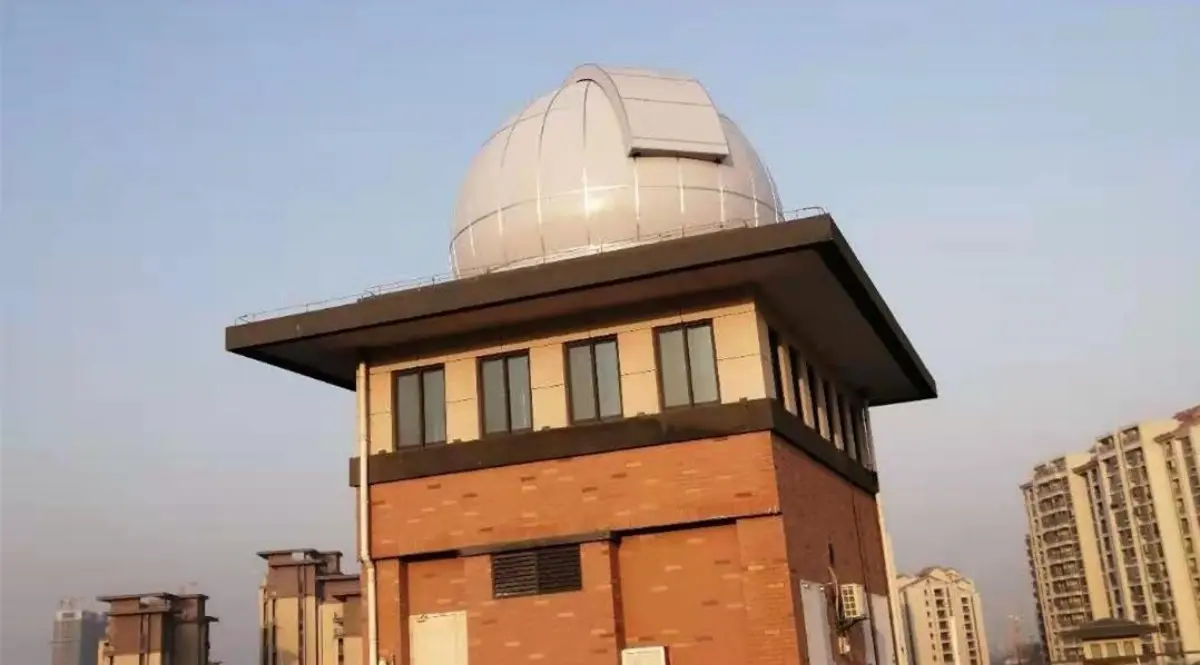
The purpose of an astronomy dome is to provide shelter for telescopes and other astronomical instruments, protecting them from external interference and environmental factors. Equipped with a rotating or retractable roof, an astronomy dome allows astronomers to place telescopes in any orientation without obstruction, thus achieving seamless observation of celestial bodies. In addition, the design of the astronomy dome incorporates a ventilation system to regulate temperature and humidity, ensuring optimal conditions for astronomical research. Astronomy domes are able to provide a controlled environment for astronomical equipment and play a key role in improving our understanding of the universe and uncovering its mysteries.
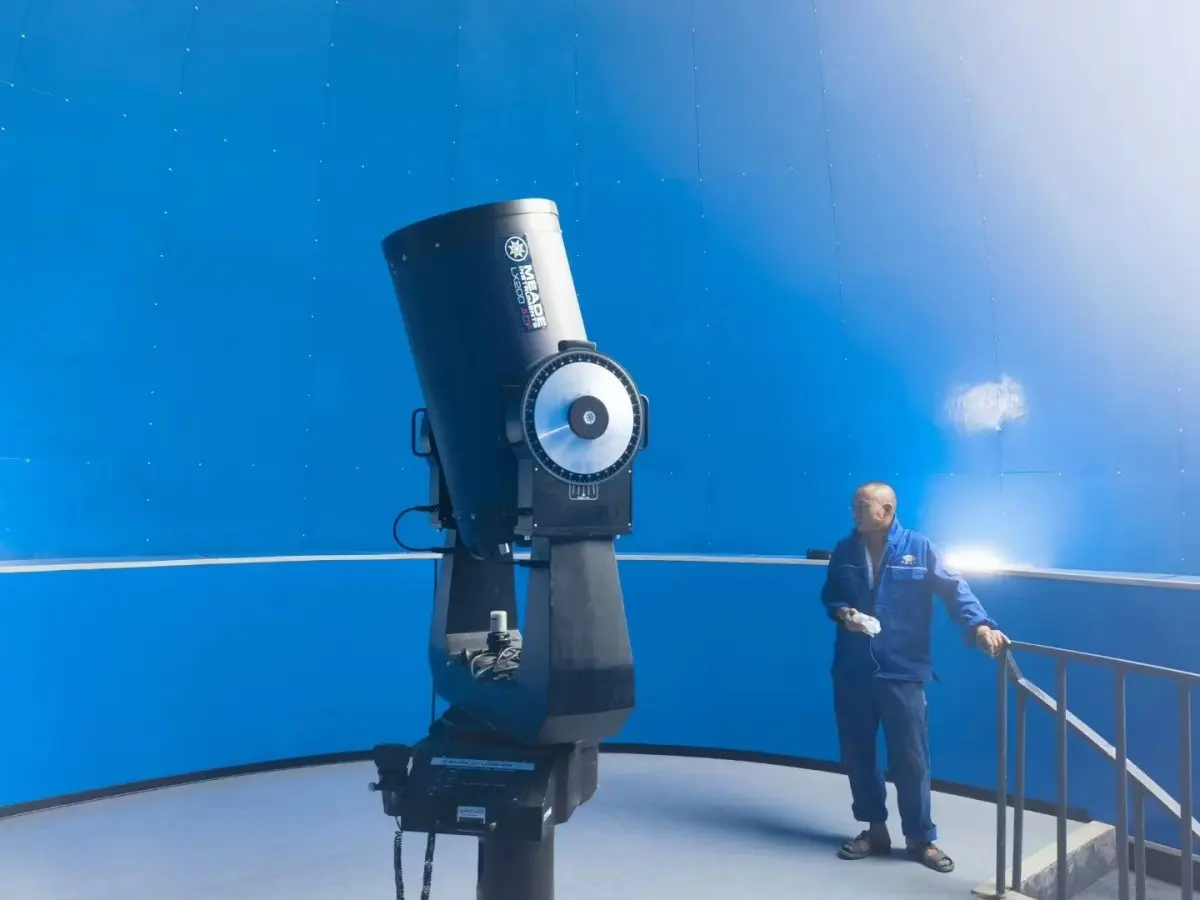
The applications of astronomy domes extend beyond professional observatories to include educational institutions, amateur astronomers, and even private enthusiasts. Educational institutions use astronomy domes to inspire and educate students about the wonders of the universe, providing hands-on experience with telescopes and celestial observations. Amateur astronomers and enthusiasts also benefit from the capabilities of astronomy domes, creating personal observatories in their backyards or remote locations to enjoy stargazing. In addition, the integration of advanced technologies such as robotic telescopes and digital imaging systems has expanded the capabilities of astronomy domes, enabling automated observations and data collection. As a result, astronomy domes continue to be a cornerstone of astronomical research and exploration, deepening people's understanding of the universe and their place in it.
In short, the Astrodome is a manifestation of human curiosity and innovation, providing a platform for studying and appreciating the universe. With its sophisticated structural design, comprehensive functionality and wide range of applications, the Astrodome is an indispensable asset for astronomers and astronomy enthusiasts around the world. As we continue to push the boundaries of astronomical research, the Astrodome will undoubtedly continue to be a symbol of our relentless pursuit of the mysteries of the universe.



